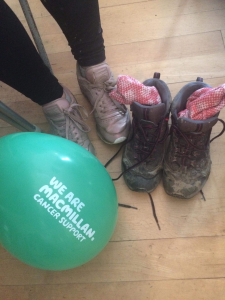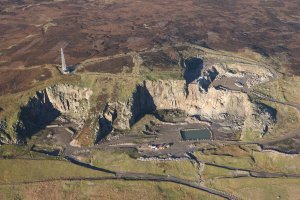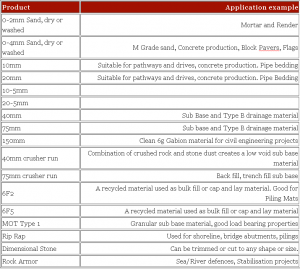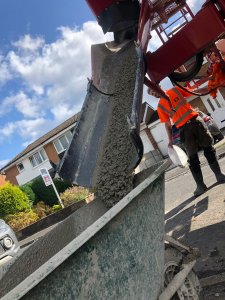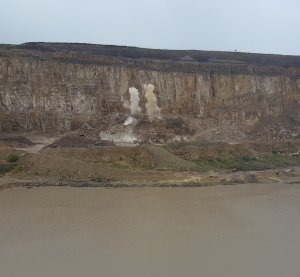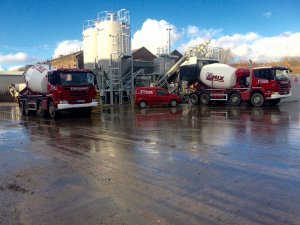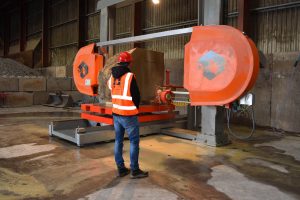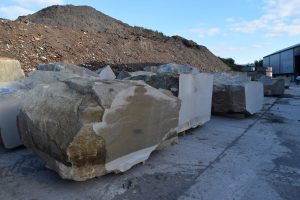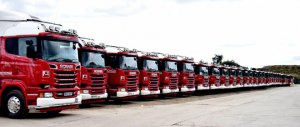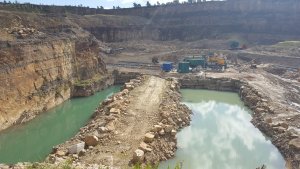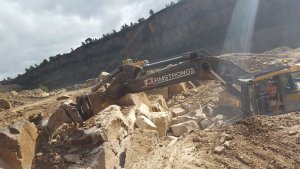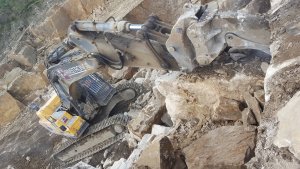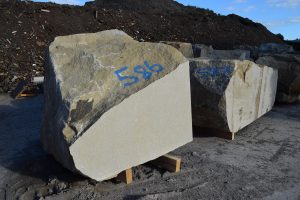Macmillan Coffee Morning 2018
This year the team have excelled with their baking for Macmillan Coffee Morning! We had a wide variety of cakes on offer and an amazing raffle to boot! We would like to thank Nuts Engineering supplies, West Pennine trucks (Scania), Bandag Tyres, Hitachi Construction Machinery, T & C Site services ltd, Trafford Brake and Hose Services, BBS (brick & Stone) LTD and Diamant Boart for generously donating to the fundraising.
As always the coffee morning is raising funds for Macmillan Cancer Support and is always a success with many of our drivers stopping in for a brew and a cake! We will announce our total once the day is over but it has already been an amazing success!

Did you get to sample any of our delicious bakes?
Read More


